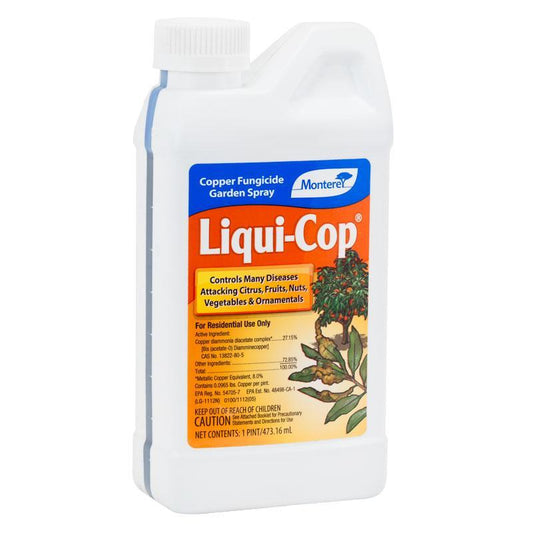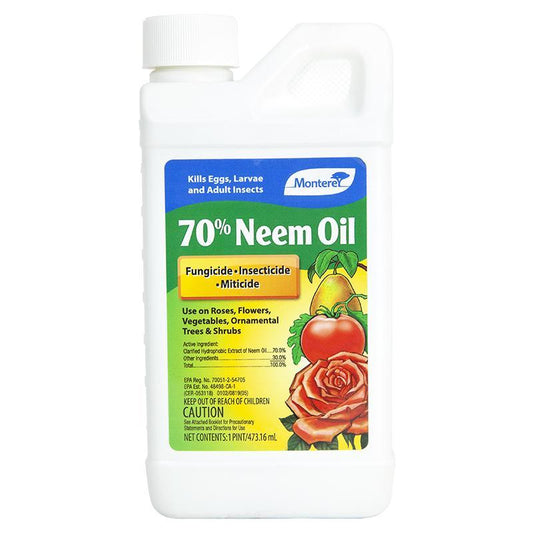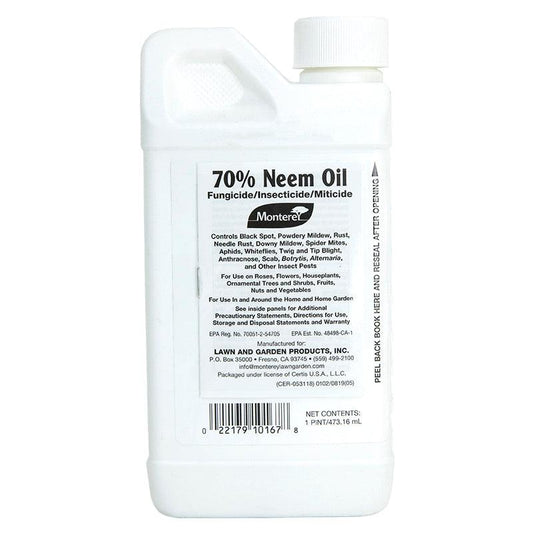In this video, Tricia shares her tips on controlling powdery mildew, organically!
How to Prevent and Treat Powdery Mildew Organically
Powdery mildew can be a persistent and frustrating issue for gardeners, affecting a wide variety of plants, from roses to vegetables and even grapevines. Here’s how to identify, prevent, and treat powdery mildew organically.
Understanding Powdery Mildew
Powdery mildew thrives in Mediterranean climates with temperatures between 65°F and 80°F and high relative humidity. It appears as white, powdery spots on leaves, stems, and fruit. If left untreated, it can stunt plant growth and reduce yield.
Prevention Starts with Healthy Plants
The first step to avoiding powdery mildew is maintaining healthy plants. Boost plant resilience by applying compost tea, which strengthens plants and promotes beneficial microorganisms.
Choose resistant varieties, such as Contender beans or Sumpter cucumbers, to reduce susceptibility. Avoid overcrowding plants and ensure they have sufficient airflow and sunlight. For grapevines and other perennials, summer pruning helps increase ventilation and reduces the risk of mildew.
Organic Fungicides and Treatments
If prevention isn’t enough, organic fungicides and oils can help:
- Sulfur: Effective as a preventive treatment but should not be applied to sulfur-sensitive plants like apricots.
- Serenade: A biological fungicide containing beneficial bacteria to attack the mildew fungus.
- Horticultural Oils: Neem oil and similar oils can treat and prevent mildew but must not be used within two weeks of sulfur applications.
Identify and Act Quickly
Using pest ID cards can help you confirm the presence of powdery mildew and other plant diseases. Early intervention is key to preventing the spread of this common problem.
Take these steps to keep your garden thriving and powdery mildew-free. Happy gardening, and Grow Organic for Life!
For an OMRI-listed, bio-based approach to managing powdery mildew and other fungal diseases, try our collection of organic solutions, including Monterey Neem Oil, Organic Horticultural Oil, Doctor Zymes, and Summit Year-Round Horticultural Spray Oil—safe for pollinators while helping strengthen plant health and control disease naturally.





